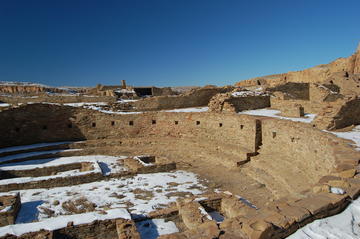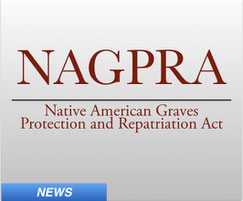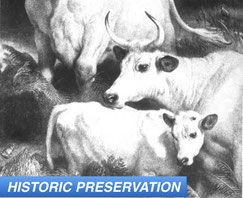
Researchers (Kennett et al.) from various institutions* have tested ancient DNA (aDNA) from human remains recovered from Chaco Canyon’s Pueblo Bonito and in so doing have identified an “elite matriline” that lasted from AD 800 to 1130. The group, which published their findings in Nature Communications, analyzed the mitochondrial genomes of nine individuals found in a high status burial context. The group also utilized high precision radio carbon dating methods (AMS 14C) to determine the temporal relationship between the nine people. Results of their analyses led the researchers to conclude that “…this matrilineal dynasty persisted at the centre of this complex society for ~330 years….”
The human remains were from “Room 33,” a roughly two meter square room within Pueblo Bonito, the largest great house in Chaco Canyon. Room 33 was excavated in 1896 and archaeologist have since known that it represented the burial ground of high status people because of how it was constructed, its uniqueness in Chaco, and the massive quantities of grave goods associated with the human remains. Kennett et al., however, are the first to genetically test the exact familial relationships between individuals recovered from what the research group has referred to as “the most elaborate burial crypt in the Pueblo World.
*Researchers from the American Museum of Natural History, Pennsylvania State University, University of Virginia, Harvard University, Pennsylvania State University, and from the Peabody Museum of Archaeology and Ethnology.



